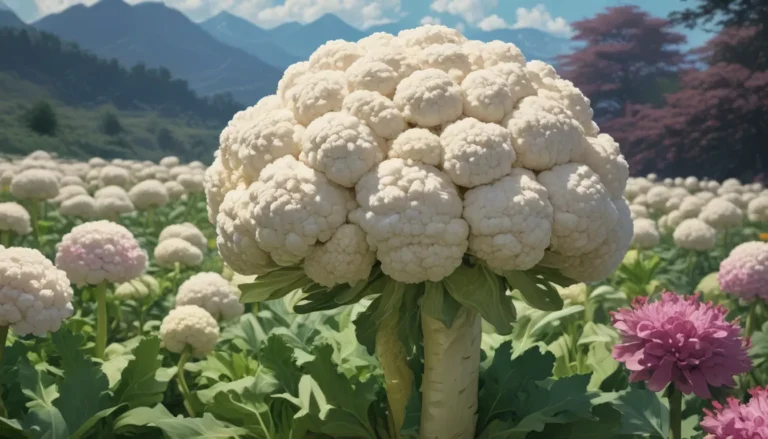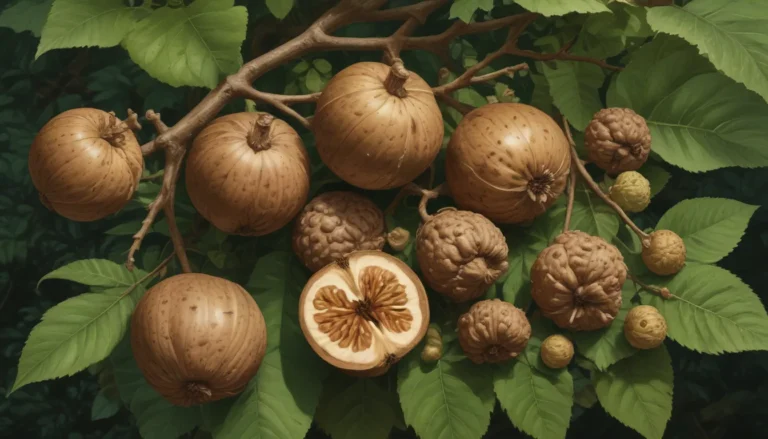Troubleshooting Your Peony: Why Your Beautiful Buds Are Not Blooming

Every gardener dreams of a stunning display of vibrant peony blooms gracing their garden. The anticipation of watching those lush buds develop and unfurl into gorgeous flowers is a joy every spring. However, the disappointment of seeing those buds fail to bloom can be disheartening.
Peonies are sun-loving perennials known for their exquisite pink, purple, red, white, and yellow flowers. If you’re facing the frustration of buds that never quite make it to the blooming stage, fear not – we’ve got you covered with some valuable insights into why your peonies may be struggling.
Here are some common reasons why your peony buds are not blooming:
Buds Without Blooms: Common Culprits
-
Not Enough Sun: Peonies thrive in full sun conditions, needing about six to eight hours of sunlight daily to produce the energy needed for blooming in spring. For warmer climates, partial afternoon shade might be beneficial to prevent stress from excessive heat.
-
Planting Too Deeply: Incorrect planting depth can hinder the plant’s ability to produce energy, resulting in buds that fail to bloom. Make sure to plant peony crowns at the appropriate depth based on your growing zone.
-
Unfriendly Weather Conditions: Extreme temperatures, late frosts, and dry conditions can all impact bud development. Ensure your plants are protected from harsh weather conditions to promote healthy blooming.
-
Nutrient Imbalance: While peonies generally do not require fertilizer, poor soil quality or nutrient deficiencies can lead to bud development issues. Be cautious with fertilization and opt for a light application of bulb fertilizer if necessary.
-
Disease: Botrytis blight is a common disease that can impede bud growth, causing buds to turn black or develop brown patches. Regular monitoring and proper sanitation practices are essential to control disease spread.
-
Thrips: Thrips are tiny insects that can feed on peony buds, preventing them from blooming. Utilize preventive sprays to protect your plants from these pests.
-
Age: Young peonies may take a few years to establish their root systems and reach maturity. Lack of blooms in young plants could be due to immature root systems.
-
Foliage Loss: Adequate foliage is crucial for photosynthesis, which fuels bud development. Avoid excessive flower cutting and ensure foliage remains intact to support next year’s blooms.
-
Zone 8 Challenges: Peonies in Zone 8 may struggle with blooming due to limited chill hours and hot temperatures. Choose early-flowering cultivars that are better suited to the climate conditions in this zone.
Cultivating Blooms: Solutions for Peony Troubles
If you’re facing issues with your peony buds, don’t despair. By addressing the underlying causes and implementing the necessary adjustments, you can encourage your plants to bloom beautifully. Here are some tips to help your peonies thrive:
-
Sunlight Requirements: Ensure your peonies receive adequate sunlight to support healthy blooming. Monitor their exposure and consider partial shade in exceptionally hot climates.
-
Planting Depth: Plant peony crowns at the correct depth to facilitate energy production and blooming. Follow specific planting guidelines based on your growing zone.
-
Weather Protection: Shield your plants from extreme weather conditions such as late frosts and dry spells. Provide a stable environment to promote optimal blooming conditions.
-
Nutrient Management: Maintain soil fertility and address nutrient deficiencies if necessary. Avoid over-fertilization and opt for light applications of fertilizer as needed.
-
Disease Control: Monitor your plants for signs of disease and promptly remove infected parts to prevent spread. Implement sanitation practices to preserve plant health.
-
Pest Prevention: Protect your peonies from thrips and other pests with preventive sprays and monitoring practices. Safeguard buds from insect damage to encourage healthy blooming.
-
Root Development: Allow young peonies time to establish their root systems and reach maturity. Be patient with young plants as they develop the capacity to support blooming.
-
Foliage Maintenance: Preserve adequate foliage to support photosynthesis and energy production for bud development. Avoid excessive flower cutting and maintain healthy foliage throughout the growing season.
-
Climate Adaptation: Choose peony cultivars that are well-suited to your climate zone, especially in Zone 8 regions. Opt for early-flowering varieties to enhance blooming success in challenging climates.
By taking these steps and addressing the specific needs of your peonies, you can cultivate a garden filled with vibrant blooms and lush foliage. Patience, diligence, and a little TLC are all it takes to transform your peonies into a breathtaking showcase of spring beauty.
Have you encountered challenges with your peonies blooming? Share your experiences and insights in the comments below! For more tips on peony care and cultivation, explore our comprehensive guides on planting and growing these classic perennials and understanding the diverse types of peony flowers.
This rewritten article provides detailed insights into troubleshooting peony blooming issues and offers practical solutions to help readers overcome common challenges. By addressing key factors such as sunlight, planting depth, weather conditions, and nutrient management, gardeners can enhance the blooming success of their peonies. Through a conversational tone and informative content, this article aims to empower readers with valuable knowledge to cultivate thriving peony plants.





